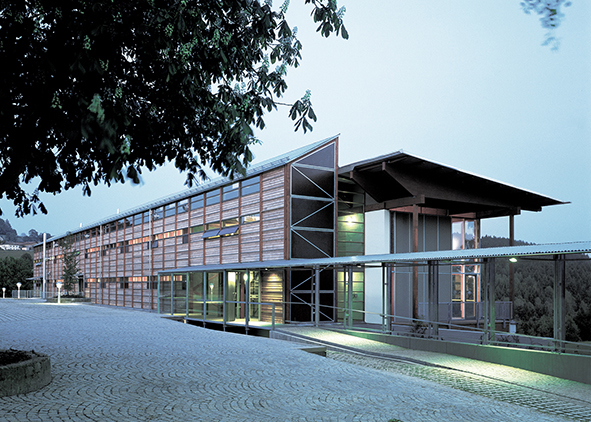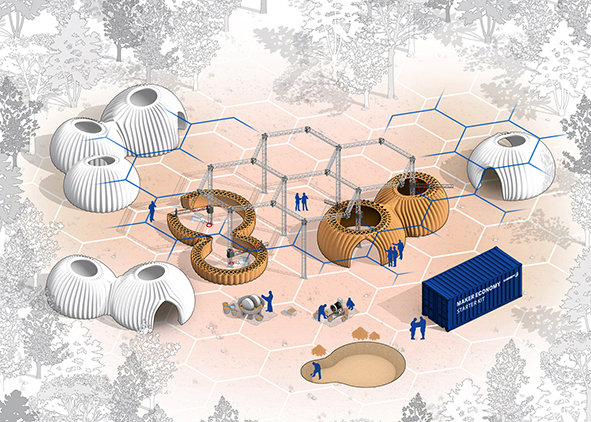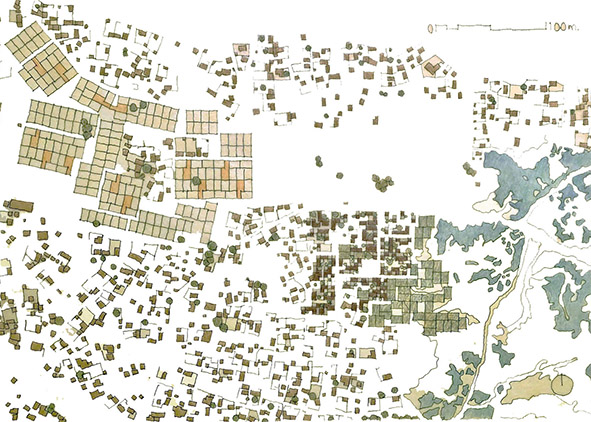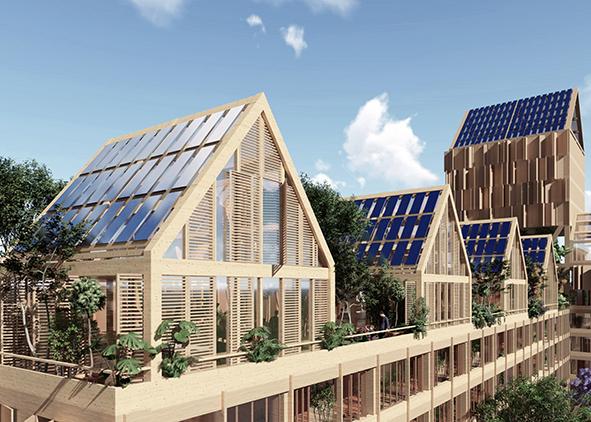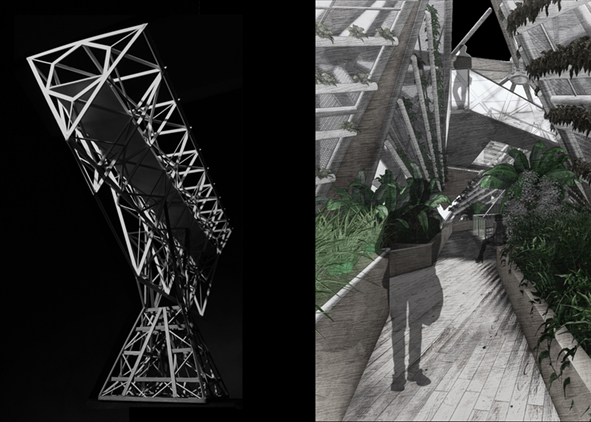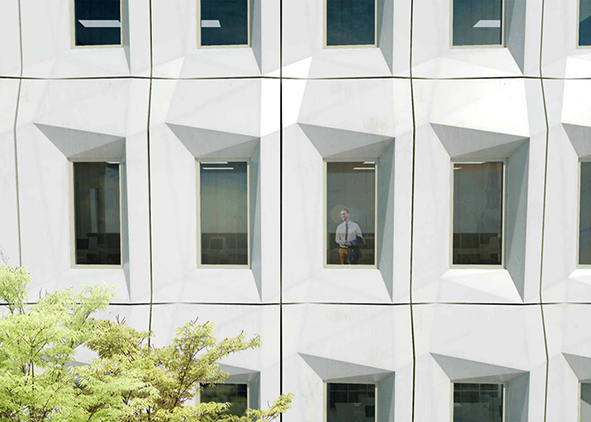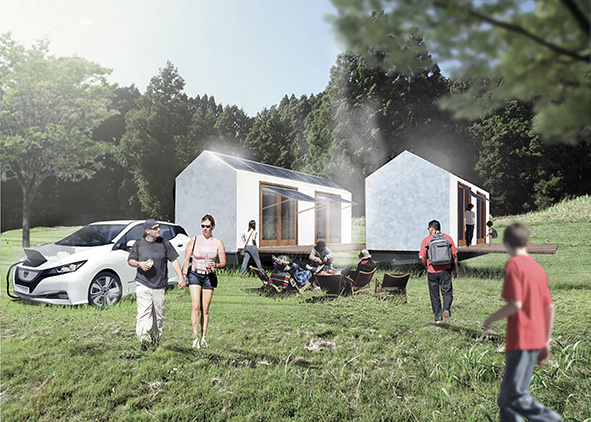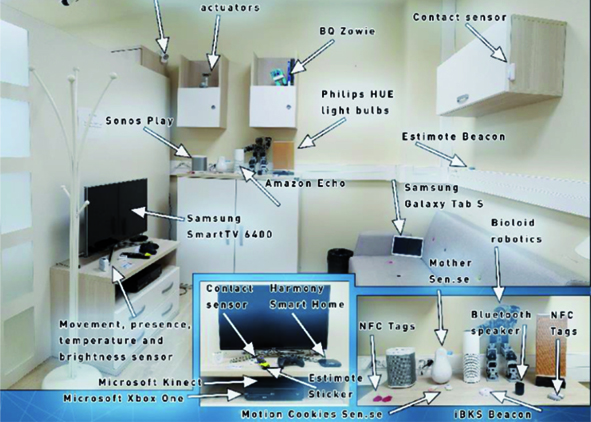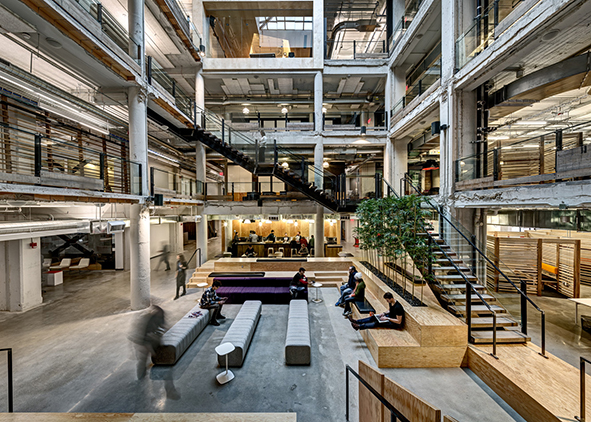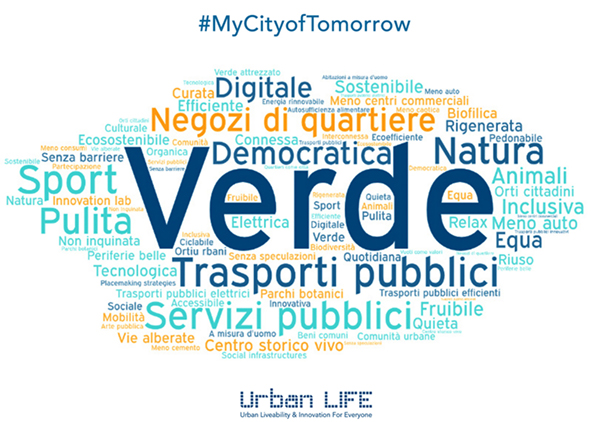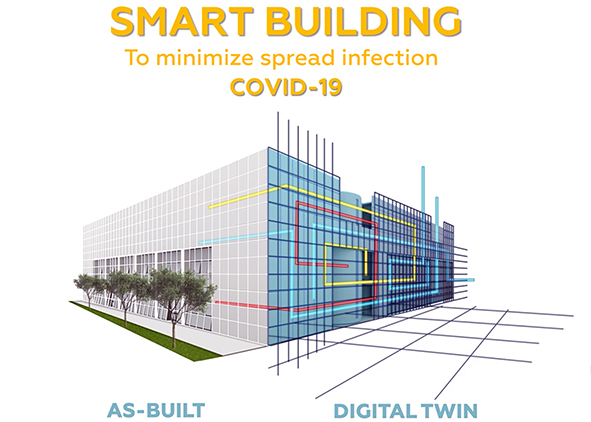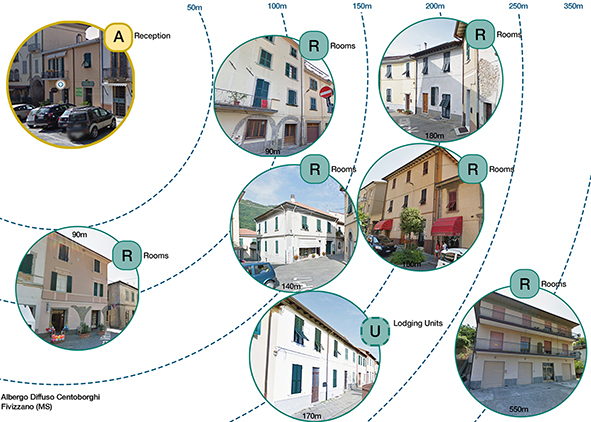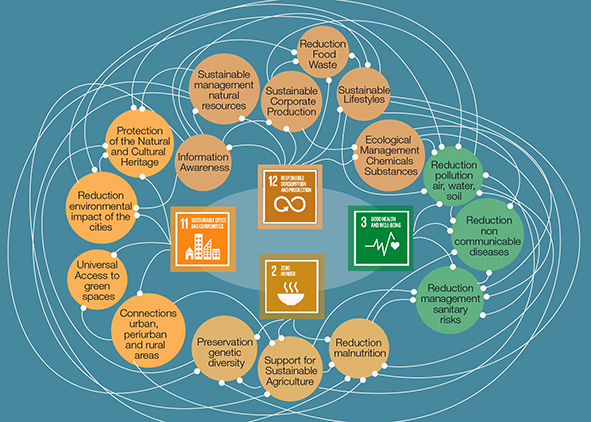
AGATHÓN
International Journal
of Architecture, Art and Design
ISSN (online) 2532-683X
ISSN (print) 2464-9309
Vol. 8 (2020): POSSIBLE AND PREFERABLE SCENARIOS OF A SUSTAINABLE FUTURE | TOWARDS 2030 AND BEYOND

AGATHÓN issue number 8 is a collection of essays, studies, researches, and projects on the subject ‘Possible and Preferable Scenarios of a Sustainable Future – Towards 2030 and Beyond’. The investigation of the future is a subject of sustained interest for the Academy and the craft and industry worlds. We have entered the third decade of the new millennium, and we must certainly reflect on the objectives we had set for 2020, on the results we have achieved and mostly on the ones we have not achieved. We must be aware that already by 2030 the world will be profoundly different. The main intellectual and scientific contributions of our time underline agree the four factors – technology, the globalized market, the environmental issue and health – that affect the most our planet are pressing at the same time, with inevitable consequences. The 17 2030 Sustainable Development Goals presented by the United Nations. By now it is clear that the future of our planet, its landscapes, cities, architectures and man-made products will mostly depend on the decisions we make today, on our level of ‘competence’, ‘vision’, and ‘forethinking’, on how we will deal with the subjects of sustainability, mitigation, adaptation (in their broadest meanings) with respect to the goals set. Going beyond 2030 and imagining 2050, we will certainly have to deal with a population growth that will reach ten billion people, 75% concentrated in cities and urban areas (United Nations, 2019). Therefore, the cities of the future, and their scenarios will become crucial elements for the environmental, social and economic sustainability of the whole planet.
Some of the several questions raised by the Call were answered in the published contributions. In the ‘Focus’ section, the introduction essays report the personal contribution of the scholars we have invited as experts on the subject: Carlo Ratti (Professor at the Massachusetts Institute of Technology) and Daniele Belleri (Design Editor at CRA – Carlo Ratti Associati), Lavinia and Thomas Herzog (Professor Emeritus of Excellence at the Technische Universität di Monaco di Baviera), Dario Russo (Professor of the University of Palermo) and Massimo Moretti (Founder of WASP), Patrick Thépot (Professor at the École Nationale Supérieure d’Architecture of Grenoble), Françoise Blanc (Professor at the Ecole Nationale Supérieure d’Architecture of Toulouse).
In the light of published contributions, we can affirm that a vision of the sustainable future of living, by looking at the two time horizons of 2030 and 2050, will be played on increasingly synergical work aimed at providing answers to the ten main macro-questions: 1) ecological transition and increase in environmental quality; 2) transition to the green economy and effectiveness and circularity in the use of resources; 3) mitigation and adaptation to climate change, towards total carbon neutrality; 4) bioclimatic, energy efficiency and renewable sources, towards the model of positive energy cities; 5) progressive reduction of land use, towards the ‘zero land use’ model; 6) dialectic between globalization and glocalization; 7) digital transition, enabling technologies and opportunities linked to Data Science systems and to Industry 4.0; 8) interaction of the most advanced and diversified expertizes with increasingly smart communities, to share and include; 9) ‘polychrysis’ challenges originating from the pandemic and the threat of future pandemic forms; 10) innovation of ways and spaces of living, working, studying, producing, consuming and socializing, in a synergic and transversal interface ‘with’ and ‘between’ all the previous macro-issues. These issues, approaches and visions, therefore, are to be considered as active parts, not separate, of a strategic project constantly evolving and updating, considering them co-participating in the definition of scenarios. The transformation processes of our society are guided, nourished, characterized by them, to continue to imagine and build a more desirable future for our cities.

